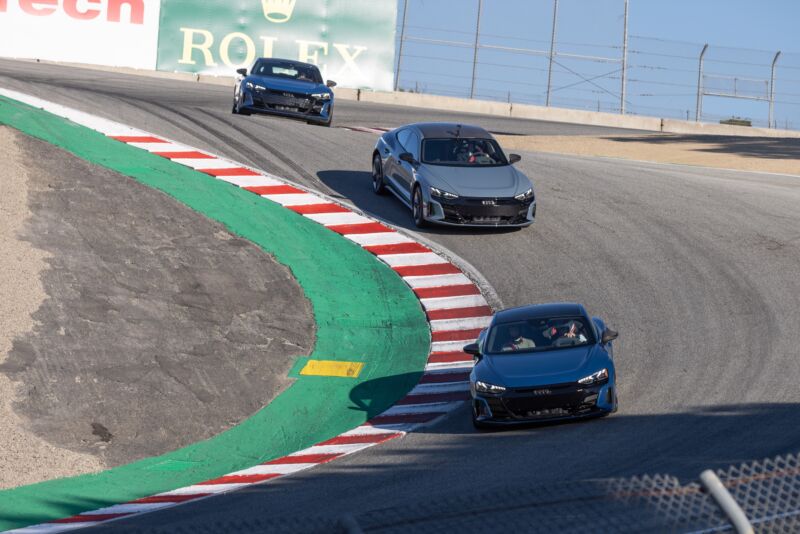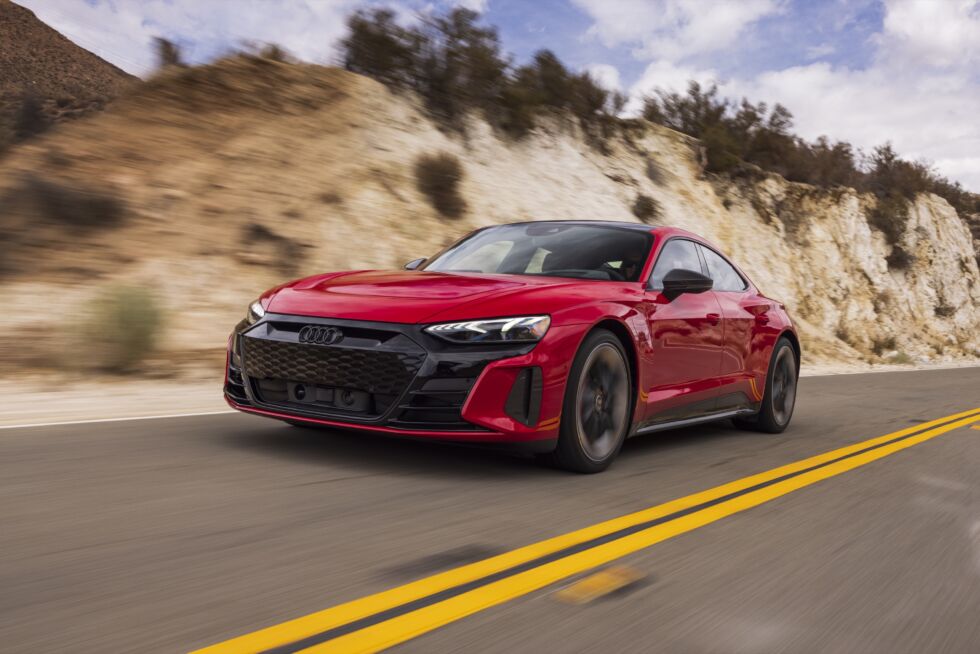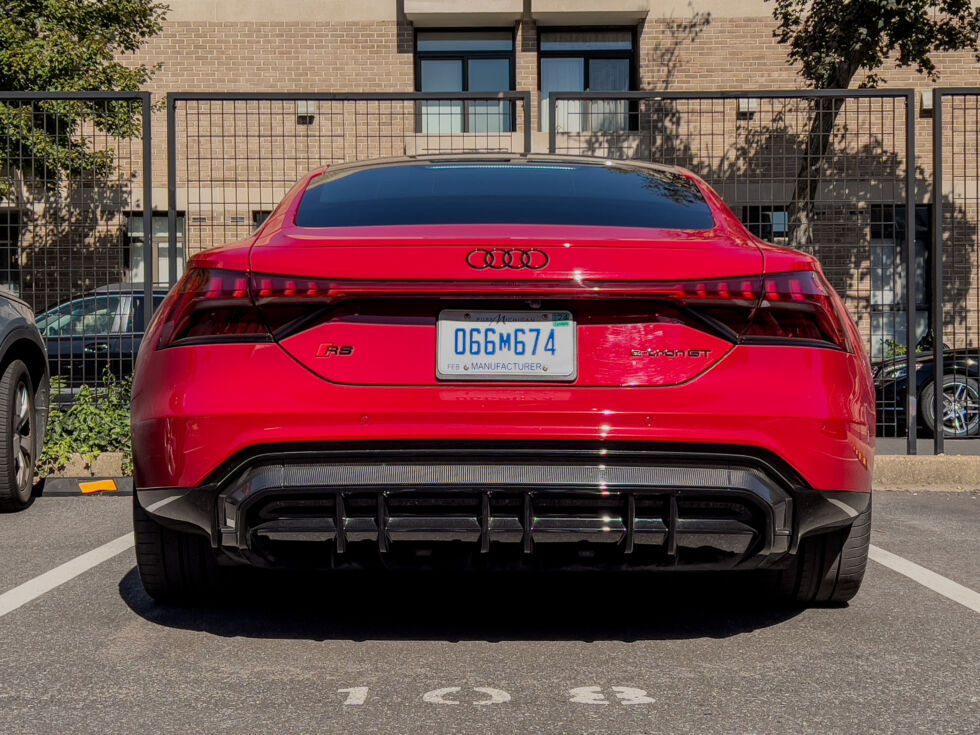
Call it platform sharing, call it badge engineering, call it what you like—car companies have collaborated with each other to make cars for much of the automobile’s history. Sometimes these link-ups happen between companies that might normally be considered rivals: Honda and Rover in the 1980s; the BMW/Toyota project that gave us the new Supra; or perhaps the forthcoming electric vehicle platform-sharing between Ford and Volkswagen or General Motors and Honda.
More often, it occurs among the shared brands of a single OEM—Chrysler Group’s K platform in the 1980s is a good example. But few automakers have exploited the advantages of that quite like Volkswagen Group, which builds hundreds of different vehicles across its 10 brands around the world using just a handful of different platforms. The vast majority of these—and we’re talking several million cars a year—are built on VW Group’s MQB platform, which can give rise to anything from an Audi A3 to a Volkswagen Transporter van, with cars and crossovers and SUVs of most sizes and shapes.

But even as you go up the price scale, this practice is still widely used. For example, for decades Bentleys were basically Rolls-Royces with a slightly different nose; today, they share platforms with Porsche’s Panamera and Cayenne. And it’s why the handsome four-door EV in this review wears Audi RS e-tron GT badging yet features very Porsche Taycan-like specifications—a consequence of sharing the same J1 platform.
So it’s not a surprise to learn that the RS e-tron GT is a twin-motor, all-wheel-drive battery EV, which uses permanent synchronous motors, including one with a two-speed automatic transmission for the rear wheels, powered by an 800 V, 93.4 kWh (83.7 kWh useable) lithium-ion battery. The battery pack even has the same “foot garages” as the Taycan—cutouts or voids that give rear passengers somewhere to put their legs without compromising the height (or lack thereof) of the EV.

The pack endows the RS e-tron GT with an EPA range of 232 miles (373 km), and it will fast-charge like the Taycan at up to 270 kW, which will return the battery to 80 percent state of charge in just over 22 minutes.
Priced at $139,900 and with a combined 590 hp (440 kW) and 612 lb-ft (830 Nm) of torque, it appears to be an analogue of the Taycan GTS. But in fact the two cars feel remarkably different to drive, a testament to Audi’s engineers, who already performed a similar feat with the Lamborghini Huracan-derived Audi R8. (Our test car had a sticker price of $161,890 thanks to the $20,350 “Year one package” that adds things like rear-wheel steering and laser high-beam headlights, as well as plenty of carbon fiber here and there.)
The interior should give the game away. Unlike the Taycan, which has an over-reliance on touchscreens, Audi’s designers have brought back the buttons. So there are discrete physical controls for the climate control, drive modes, and media playback, all of which remain exactly where they were last time you used them and therefore subject to muscle memory. The infotainment screen still uses a touch-based interface, but here the screen is angled somewhat toward the driver. There’s even a conventional binnacle atop the main instrument display in front of the driver.
https://arstechnica.com/?p=1897523

